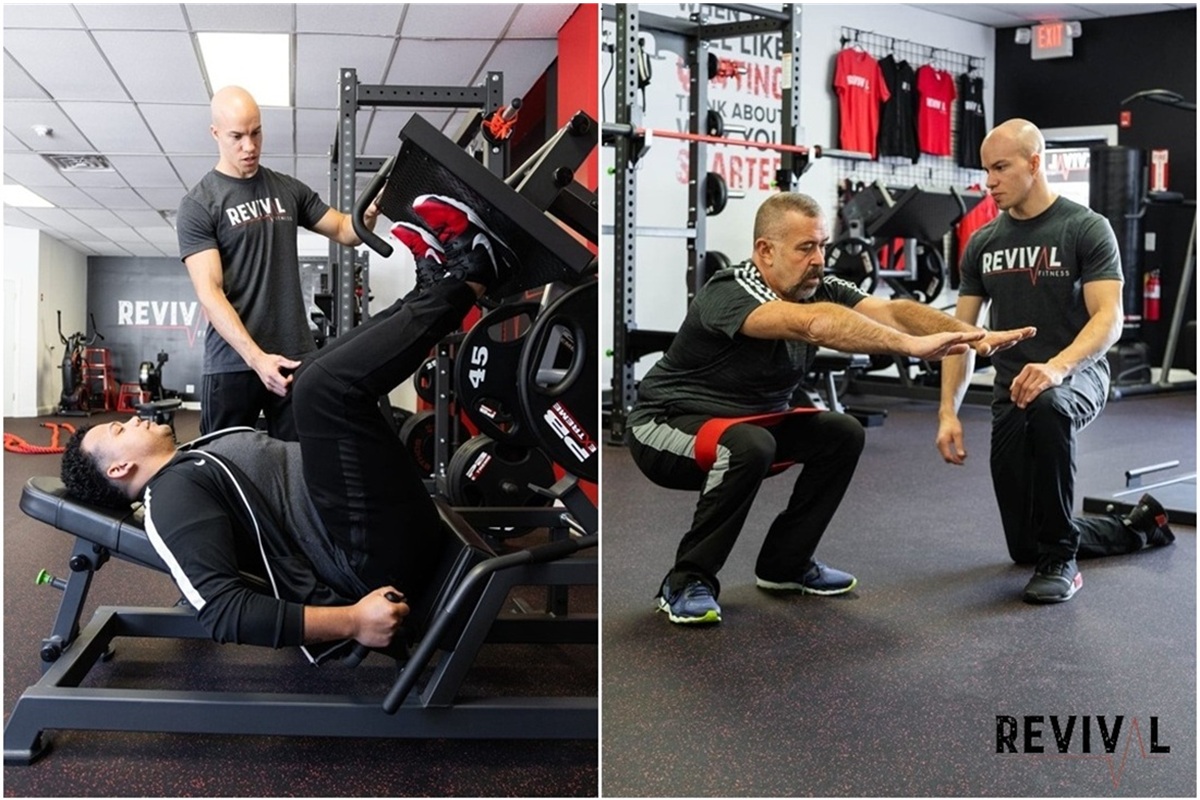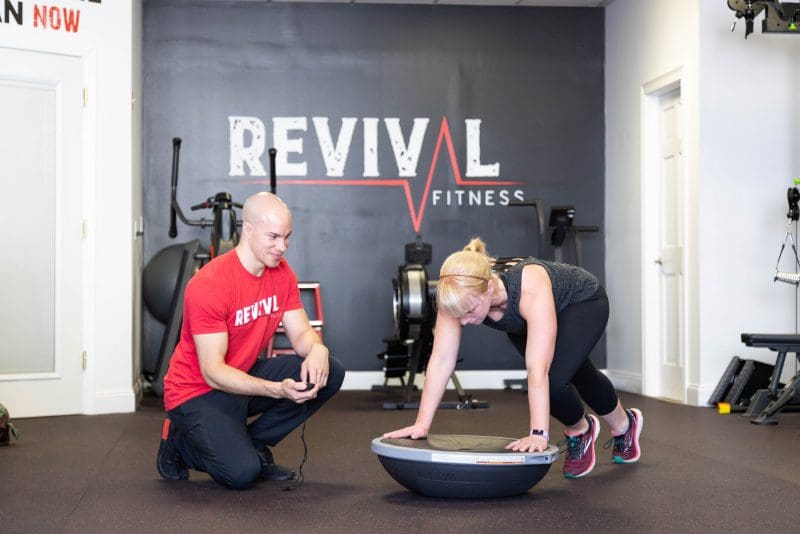Starting your fitness journey is a big step, and walking into a gym for the first time can feel overwhelming. Machines everywhere, people lifting heavy weights, and the fear of doing something wrong can be enough to stop you before you start.
But here’s the truth: everyone was a beginner once. With the right mindset and a few essential tips, you can make the transition from gym-shy to gym-savvy—and actually enjoy the process.
1. Start With a Plan
Wandering around the gym without direction wastes time and builds frustration. Before your first visit, have a basic workout plan in place. It doesn’t need to be complicated.
Beginner routine example:
- 5-minute warm-up (walking, cycling, dynamic stretches)
- 2 sets of 8–10 reps: Squats, push-ups, dumbbell rows, glute bridges
- Light cardio or stretching to finish
Want structure? Try a personal training session to get a custom beginner plan.
How to Build a Workout Plan That Actually Works
2. Learn Basic Form First
It’s tempting to jump into heavier weights or advanced machines, but learning proper form is the safest way to start. Good technique prevents injuries and builds a stronger foundation.
Start with bodyweight movements (squats, lunges, planks) and ask for help if needed. At Revival Fitness, our coaches guide you through each step.
3. Don’t Overdo It Early On
Enthusiasm is great, but overtraining as a beginner can lead to burnout, soreness, or injury. More is not always better.
Begin with 2–3 sessions per week and allow rest days in between. You’ll progress faster with smart, sustainable effort.
How to Stay Consistent With Your Workouts
4. Avoid Comparing Yourself to Others
Everyone in the gym is on their own journey. The person squatting 200 pounds once started with bodyweight. Focus on your own growth instead of trying to match someone else’s pace.
Progress takes time. Celebrate your wins, no matter how small.
5. Ask Questions and Use the Staff

Most gyms, including Revival Fitness, have knowledgeable staff ready to help. Don’t be afraid to ask how to use equipment, how to adjust machines, or whether your form looks right.
Getting guidance early can save you from developing bad habits.
6. Focus on Consistency, Not Perfection
Results come from showing up repeatedly—not from doing everything perfectly. One workout won’t transform your body, but stringing together weeks of consistent effort will.
Try to set a schedule that you can stick with. Even 2–3 days per week can lead to noticeable changes in 4–8 weeks.
7. Pack the Essentials
Showing up prepared makes your gym experience smoother. Here’s what you might bring:
- Comfortable workout clothes and sneakers
- Water bottle
- Towel (if required)
- Headphones
- Lock for a locker
Optional: Resistance bands or a small notebook to log workouts
8. Track Your Progress
One of the best ways to stay motivated is to measure small wins. Track what you lift, how many reps you do, how you feel, and even how your clothes fit over time.
Noticing improvements—even small ones—builds confidence and helps you stay focused.
How to Measure Fitness Progress Without Obsessing Over the Scale
9. Use Machines and Free Weights Wisely
Machines are beginner-friendly because they guide your range of motion and reduce injury risk. Free weights build more functional strength but require balance and form.
A combination of both gives you variety and allows gradual progression.
10. Give Yourself Permission to Be New
Confidence comes with time. You won’t know everything right away, and that’s perfectly okay. The most important step is starting—and continuing.
Every experienced lifter was once a beginner who didn’t know where the dumbbells were. You belong in the gym, just like everyone else.
Want Help Starting the Right Way?
At Revival Fitness, we help beginners:
- Learn safe, effective movements
- Build customized fitness plans
- Stay accountable and consistent
- Gain confidence in the gym and beyond
Whether you’re brand new or just returning after time away, our team meets you where you are.
Contact us to schedule a beginner session and take the guesswork out of starting.
How to Build a Workout Plan That Actually Works
How to Stay Consistent With Your Workouts
How to Measure Fitness Progress Without Obsessing Over the Scale




